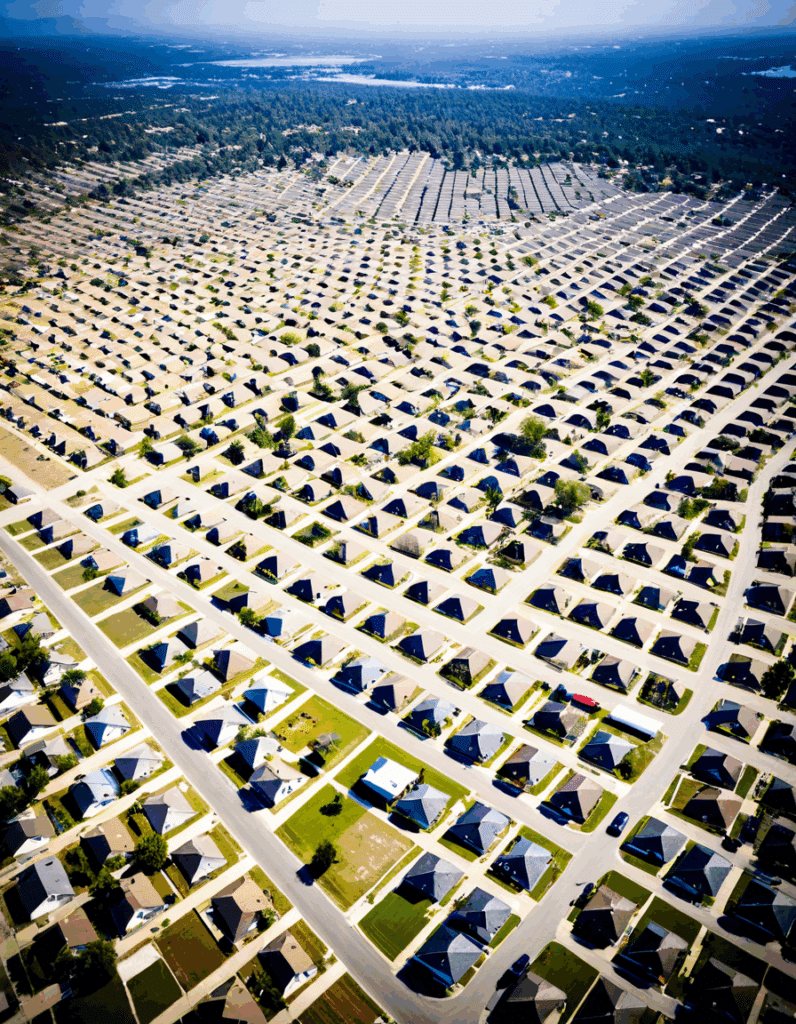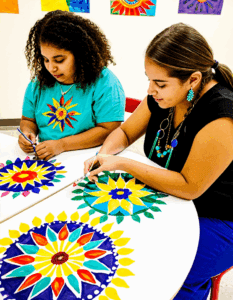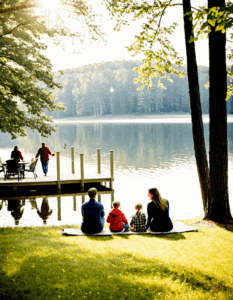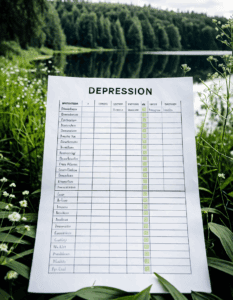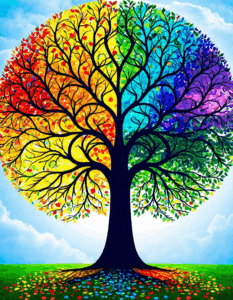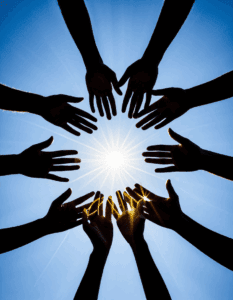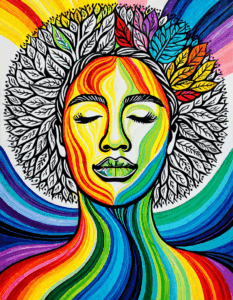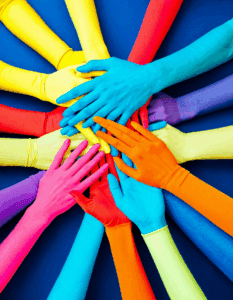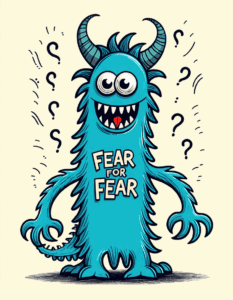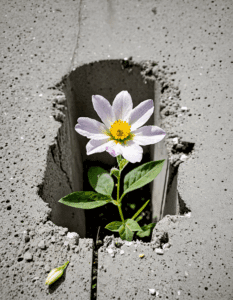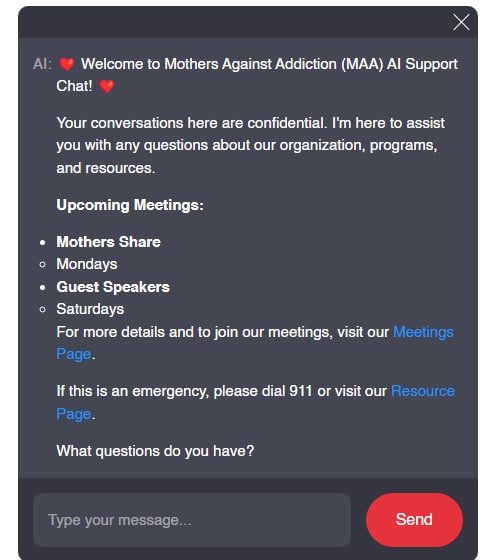Disasters can take many forms, whether they are natural catastrophes like hurricanes and earthquakes or man-made tragedies like the opioid crisis. They resonate throughout the world, reshaping lives, communities, and even entire societies. Mental health and addiction emerge strongly in the wake of these disasters, often leaving a profound mark on numerous families and vulnerable populations, including Latino communities. Disasters challenge us, prompting practitioners and advocates to develop robust support systems to aid those grappling with the aftermath. At www.MothersAgainstAddiction.org, we’re dedicated to providing empathy and understanding to parents navigating their child’s addiction, often exacerbated by these shocking events.
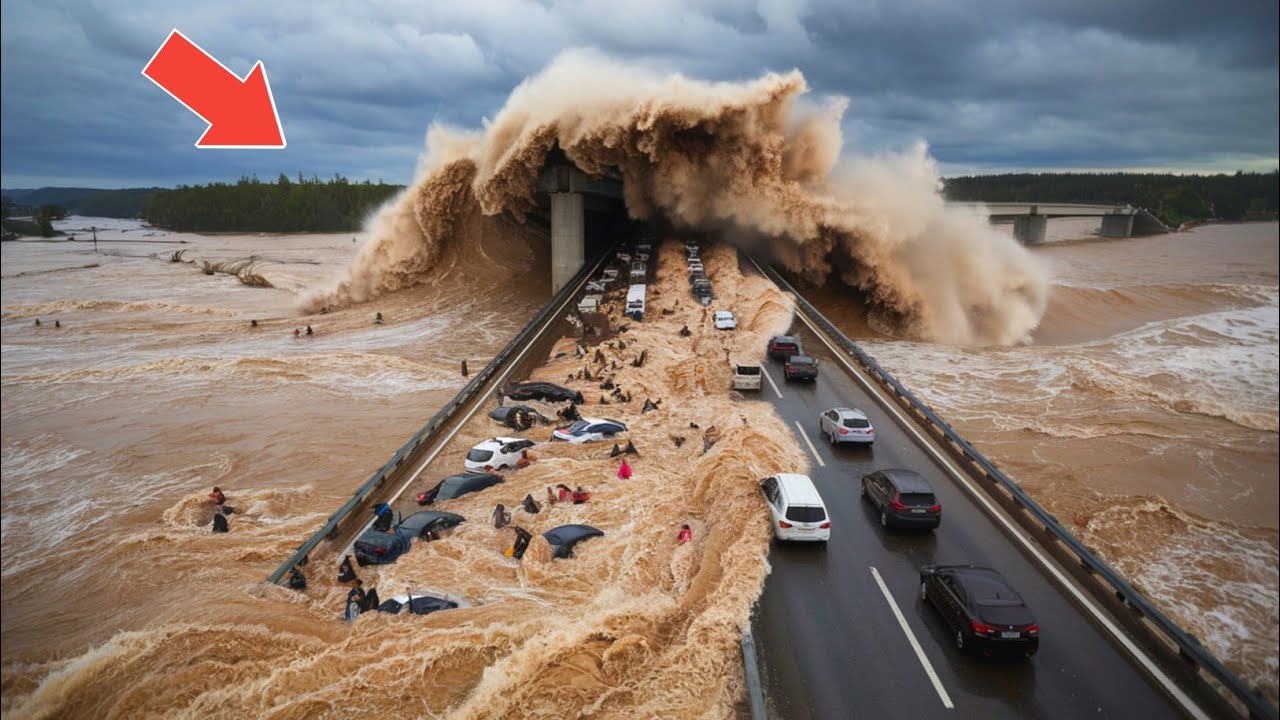
1. Defining Disasters: The Broader Impact on Society
Disasters, in their many forms, create a ripple effect that can alter lives forever. When such catastrophic events unfold, they don’t only pose immediate threats to life and property; they also disturb the mental well-being of affected individuals and communities. After a disaster, the risk of depression and addiction soars, especially among vulnerable groups like Latino families.
Understanding how disasters uniquely impact various demographics helps practitioners develop targeted interventions that truly resonate with the communities they serve; emotional support becomes essential. Take, for example, the aftermath of Hurricane Katrina. Survivors, already vulnerable, struggled with substance abuse as they tried to manage their trauma while rebuilding their lives. By observing these dynamics, we can learn valuable lessons on how to approach recovery effectively.
As a compassionate organization, Mothers Against Addiction emphasizes the importance of community resilience when it comes to helping families cope. In times of disaster, it’s crucial to provide not only immediate assistance but also long-term recovery strategies that uplift and empower. For parents enduring the heartache of a child’s addiction or loss, navigating the chaos becomes an even more daunting task.
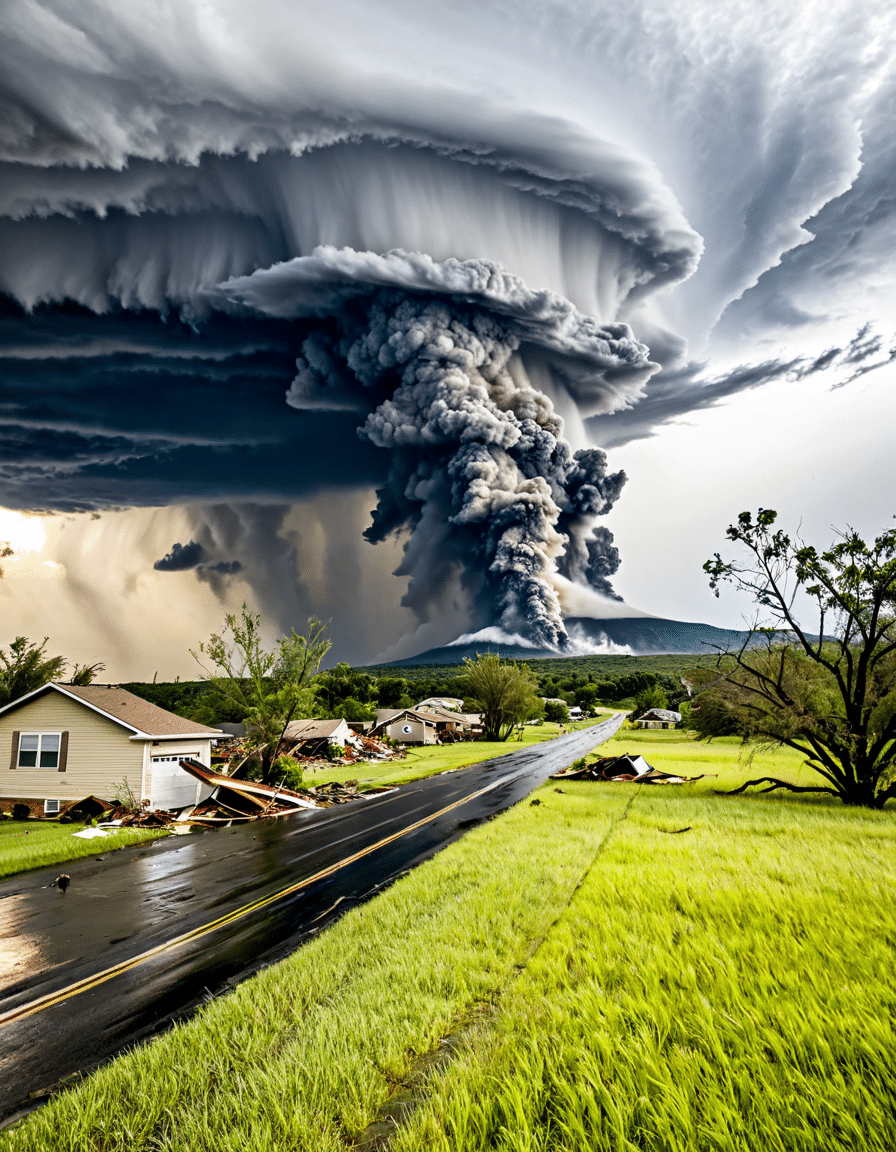
2. Top 7 Disasters and Their Long-Lasting Effects on Lives
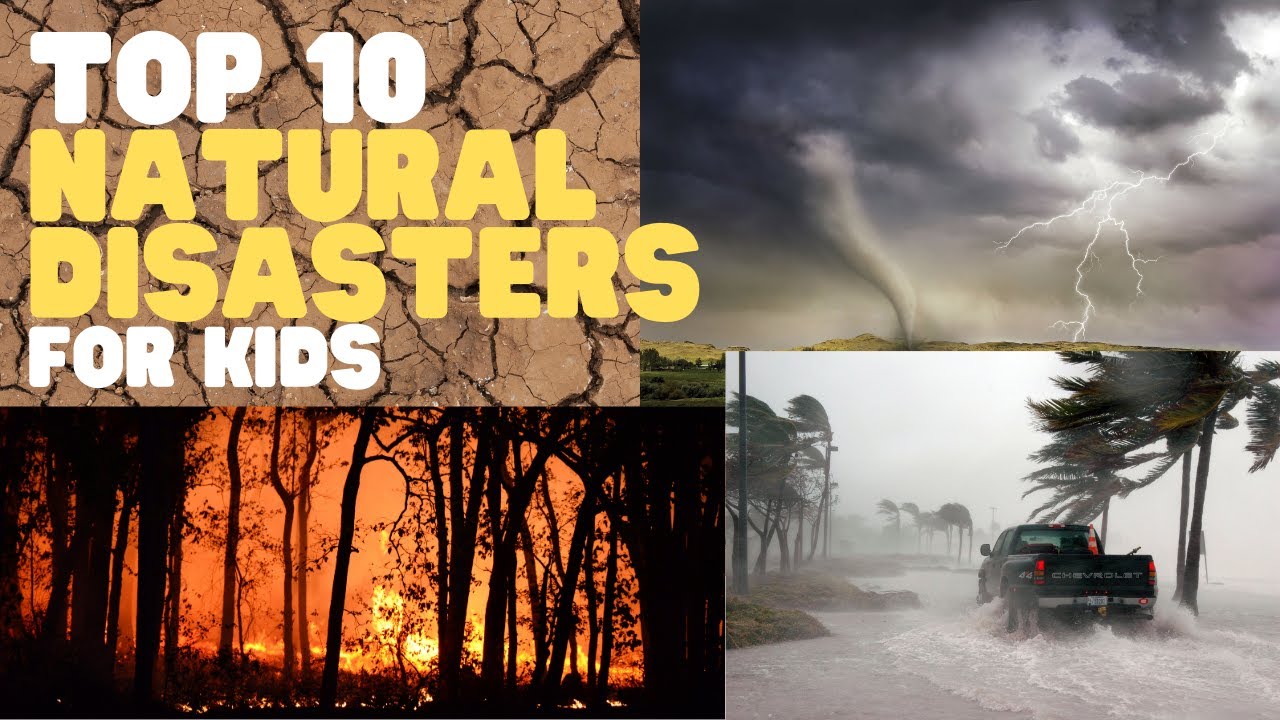
2.1 Hurricane Katrina (2005) – A Test for Sober Recovery
Hurricane Katrina struck in 2005, leaving New Orleans in ruins and drastically affecting the lives of its residents. The storm didn’t just dismantle buildings; it fractured families, leading to increased mental health issues and substance abuse. Many survivors turned to alcohol and drugs as coping mechanisms. Practitioners realized the urgent need for sober support systems that are culturally attuned to the experiences of the impacted population.
Amidst the chaos, organizations dedicated to mental health and addiction support sprang into action, providing crucial resources. Parents found solace in support groups designed for those experiencing loss, with many creatively addressing the addiction rates that surged in the disaster’s aftermath. The environment sparked a community conversation about vulnerability and resilience, emphasizing the need for empathetic intervention.
2.2 The September 11 Attacks (2001) – Trauma and Addiction
The horror of the September 11 attacks brought profound trauma to Americans, with effects that linger to this day. Following that fateful day, grief and fear permeated society, leading to a measurable increase in substance abuse—particularly among first responders and families who lost loved ones. Practitioners found that many individuals turned to alcohol and drugs to dull their pain and anxiety.
The role of mental health professionals became critical in addressing these challenges, as they were faced with a wave of patients suffering from both physical and emotional trauma. These events illuminated how crucial it is for communities to bond and for practitioners to provide compassionate care. A focus on healing became paramount, as support systems like Mothers Against Addiction emerged to guide families through the storm.
2.3 The Opioid Crisis – A Man-Made Disaster
The opioid crisis stands out as a catastrophic example of a man-made disaster that has deeply impacted society. Characterized by the overwhelming use of prescription painkillers, this crisis has led to staggering addiction rates, particularly in underserved communities. Public health professionals have linked the rise in addiction to increased depression levels, particularly among Latino neighborhoods where access to care may be limited.
In response, practitioners are continuously identifying innovative Treatments that address both the addiction and the root causes of these issues. Organizations like Mothers Against Addiction offer invaluable resources to parents struggling with a child’s addiction, bridging the gap between families and the support systems they need. The key is empowering communities to advocate for their health and collaborate with practitioners who understand their unique experiences.
2.4 The COVID-19 Pandemic (2020-2022) – Isolation and Mental Health
The COVID-19 pandemic became an unexpected global disaster that impacted countless lives. With lockdowns and isolation becoming the norm, many individuals found themselves unable to cope with the overwhelming stress that accompanied everyday life. As a result, addiction rates witnessed a sharp spike, as parents turned to substances as a means to escape their reality.
Crafting effective interventions for mental health has never been more important. Practitioners noted that those with pre-existing mental health issues faced particular challenges, emphasizing the need for specialized support tailored to meet diverse needs. Mothers Against Addiction rallied to provide resources for families affected by this crisis, aligning with mental health professionals to offer much-needed guidance.
2.5 The 2010 Haiti Earthquake – A Catalyst for Change in Recovery Practices
The devastating earthquake in Haiti in 2010 is a vivid example of how environmental disasters can set the stage for transformative recovery efforts. In the aftermath of tremendous loss, various NGOs employed innovative recovery interventions, focusing heavily on community engagement. These efforts revealed how vital it is to build culturally sensitive programs to effectively support individuals on their road to recovery.
Practitioners learned valuable lessons about the importance of embedding cultural sensitivity into recovery plans. They observed that recovery isn’t just about addressing mental health; it’s about understanding the emotional and cultural context. No one understands this better than organizations like Mothers Against Addiction, who advocate for strategies that resonate within deeply-rooted Latino communities.
2.6 The Grenfell Tower Fire (2017) – Community Resilience and Mental Health
The Grenfell Tower fire tragedy in 2017 cast a glaring light on the conditions faced by many urban residents and how these can lead to mental health crises. Local communities banded together in the aftermath, showcasing incredible resilience. Mental health practitioners worked tirelessly to provide immediate support, focusing not just on addressing the trauma but also on community healing.
As the community navigated recovery, it became apparent that survivors needed ongoing mental health support. Families grieving losses and dealing with depression found strength in coming together. Mothers Against Addiction strongly supports community-led recovery initiatives, emphasizing the importance of shared experiences in the healing journey.
2.7 The Australian Bushfires (2019-2020) – Environmental Trauma
The Australian bushfires of 2019-2020 serve as a stark reminder of how environmental disasters can devastate not only landscapes but also affect mental health. People endured immense loss, struggling with the anxiety and trauma that accompany such catastrophic events. Practitioners recognized the link between environmental trauma and mental health, illustrating the need for dedicated support systems.
Programs rooted in community recovery emerged from this disaster, bringing together families to cope with simultaneous grief and hope for the future. As Mothers Against Addiction advocates for parents dealing with addiction challenges, it’s vital to create environments where healing can thrive, drawing upon collective strength and support.
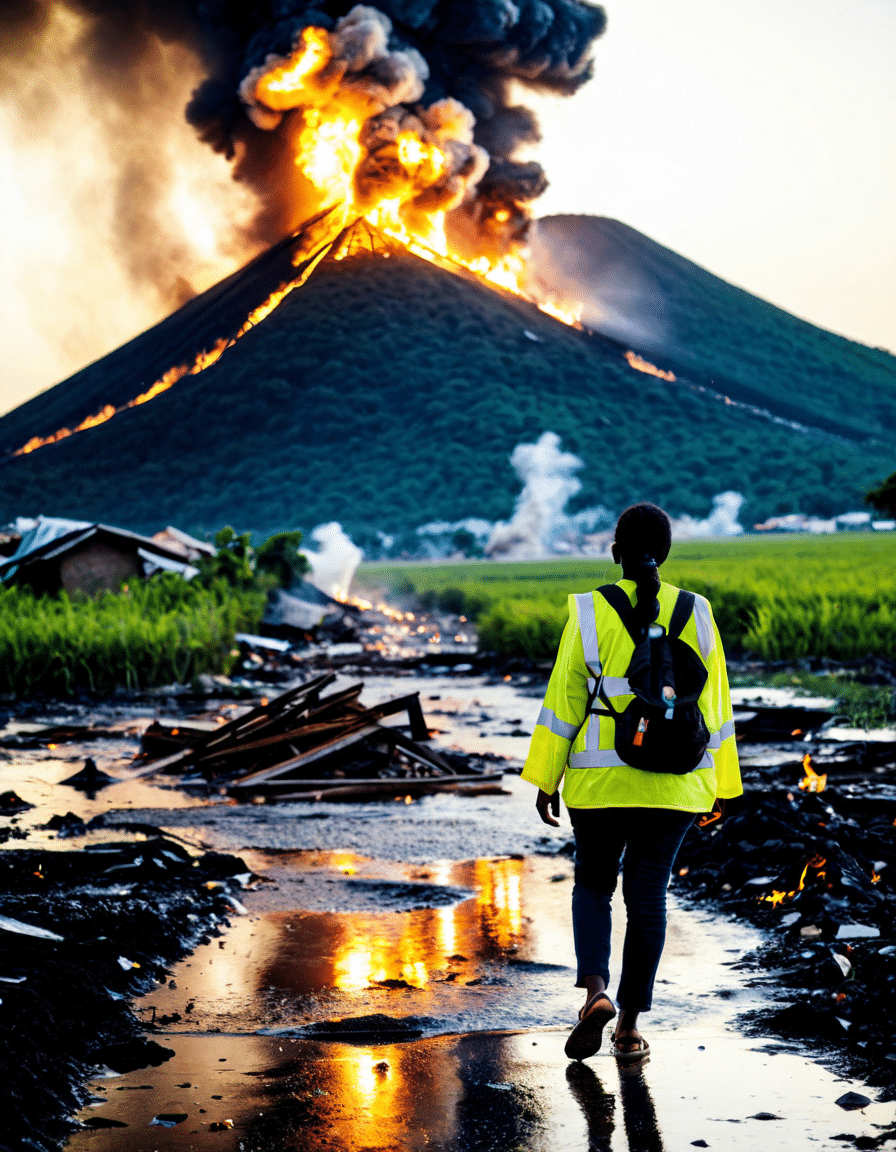
How Disasters Shape Mental Health and Community Recovery
Understanding the various ways disasters affect mental health is essential to shape future interventions. The impacts are often deep-rooted, unearthing vulnerabilities that demand specialized care tailored to each community’s needs. Families confronting addiction often grapple with complex emotions, and empathy is paramount during these times.
Practitioners face an increasing task of addressing both the physical and emotional aftereffects of disasters. A culturally sensitive framework becomes essential, especially concerning Latino communities and others grappling with unique challenges. By fostering collaboration between practitioners and community members, we can create paths toward recovery that honor individual experiences.
At Mothers Against Addiction, we believe in the power of community resilience and understanding. Our efforts are geared toward enriching the dialogue around addiction and grief, ensuring that families aren’t left to navigate these unforgiving waters alone. Disasters—while tragic—also present opportunities for personal and communal growth. In the spirit of healing, we strive to foster an environment where no one feels alone on their journey.
By sharing stories and best practices, we hope to inspire others in navigating the turbulent waters of addiction and mental health. Let’s work towards a future where we can leave disasters in the past and embrace healing collectively. Together, we can build resilient lives, paving the way for a stronger tomorrow.
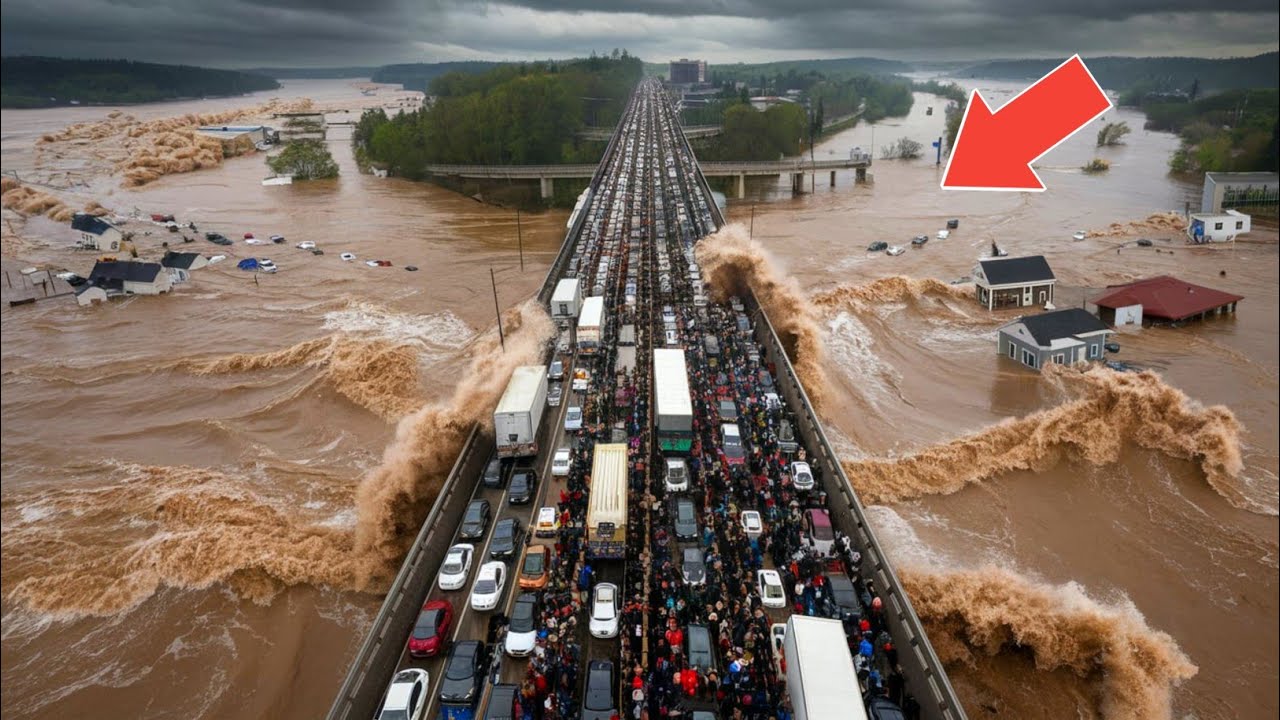
Disasters That Shock the World
The Impact of Disasters
Disasters can turn lives upside down in an instant, leaving behind a trail of devastation that echoes for years. Did you know that some regions are more disaster-prone than others? This hazard reveals not just the physical damage but also the emotional and mental toll on families. For example, disasters like wildfires or floods can unfold rapidly, leading to a sense of desperation and hopelessness. There’s even data indicating a correlation between community trauma from disasters and rates of addiction; a devastating cycle that highlights the importance of addressing harm in affected areas.
Incredible Trivia
In the era of social media, disasters can go viral before the dust even settles! Take the case of the woman frozen in a street TikTok video; her plight during a severe snowstorm sparked a worldwide conversation about preparedness in extreme weather. The incident showcases how quickly the public can engage with these events and how they influence public perception and policy. Interestingly, communities often come together to support one another, reminding us of the resilience that shines brightest in times of hardship. For instance, many families form support groups to help cope with the aftermath, highlighting the power of shared experiences in recovery and rebuilding.
Lessons We Learn
Many disasters offer harsh lessons that should lead to smarter responses and prevention tactics. Cities like San Francisco continuously update their earthquake preparedness plans, ensuring it’s not simply a conversation about How To be single in a relationship; it’s about fostering solid connections in the community for emergencies. And let’s not forget the myths that surround disaster recovery. For example, a good support network can significantly lessen the long-term impacts of traumatic events, drawing attention to how communities evolve after facing calamities. Every disaster, while tragic, also has a silver lining: improved structures and bonds among those affected. It’s a bittersweet truth—understanding that every challenge faced during disasters builds resilience in people.
Disasters remind us that while we may be shocked, we are also survivors. The stories of places such as Hunmanby recovering from intensive storms illustrate that even amidst chaos, hope can flourish. As societies adapt, we realize that coming together can mitigate the long-lasting impacts of these unpredictable events.
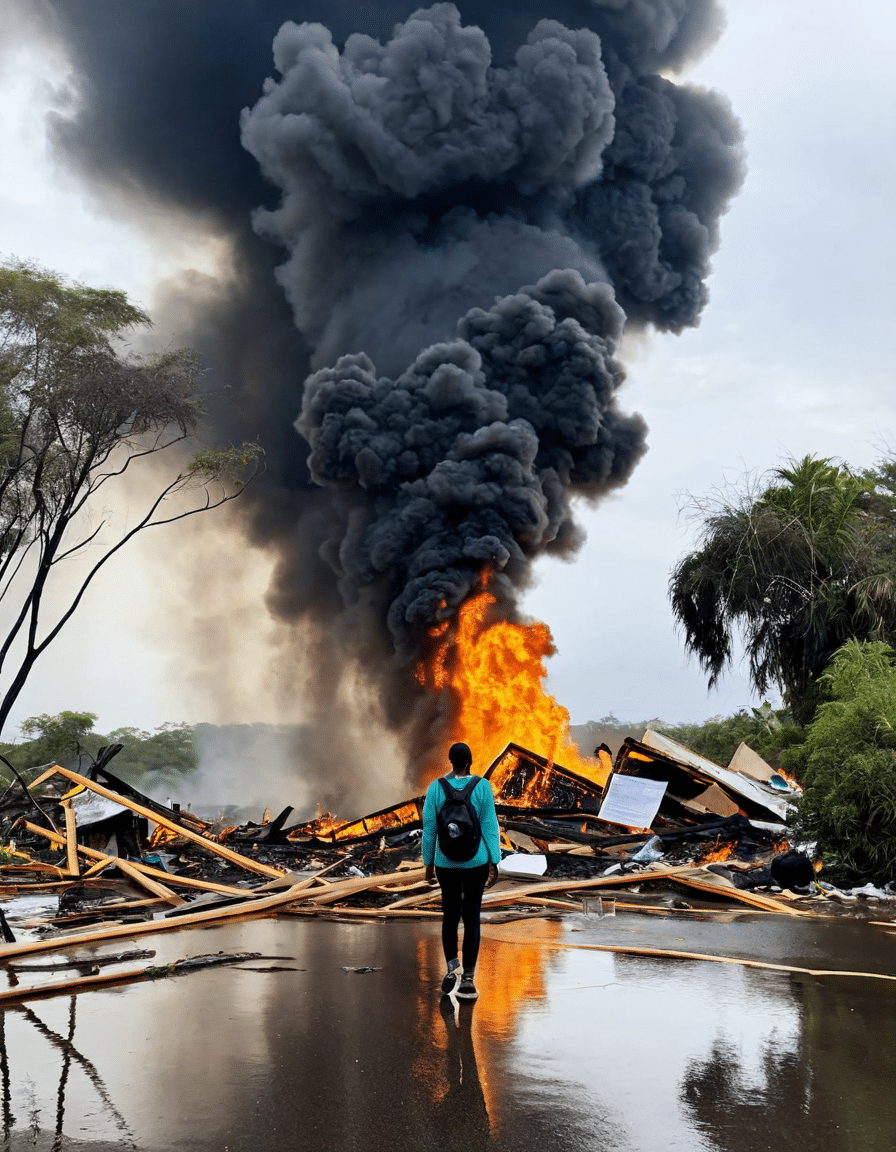
What are the 10 types of disasters?
The ten types of natural disasters include tsunamis, hurricanes, earthquakes, tornadoes, wildfires, volcanic eruptions, blizzards, hailstorms, mudslides, and floods.
What are 18 natural disasters?
There are 18 natural hazards listed in the FEMA National Risk Index, which covers avalanche, coastal flooding, cold wave, drought, earthquake, hail, heat wave, tropical cyclone, ice storm, landslide, lightning, riverine flooding, strong wind, tornado, tsunami, volcanic activity, wildfire, and winter weather.
What are the 10 worst natural disasters?
Some of the worst natural disasters in history include the 1931 China floods, the 2004 Indian Ocean tsunami, Hurricane Katrina, the 1906 San Francisco earthquake, and the 2010 Haiti earthquake, among others, based on loss of life and destruction.
What is 7 disaster?
The seven disasters defined in the Medicine Master Sutra are pestilence, foreign invasion, internal strife, extraordinary changes in the heavens, solar and lunar eclipses, unseasonable storms, and drought.
What’s the most famous disaster?
The most famous disaster is often considered to be the Titanic sinking in 1912, as it captured the world’s attention and remains a significant part of popular culture.
What are common disasters?
Common disasters include earthquakes, floods, hurricanes, tornadoes, and wildfires, as these events frequently cause significant damage and impact in many regions.
What are 11 natural disasters?
Avalanches can be seen as the 11th type of natural disaster, adding to the list of those that cause serious destruction and disruption.
What is the rarest disaster?
The rarest disaster could be considered a meteor strike or an event like a supervolcanic eruption, as these are extremely infrequent but can have catastrophic effects.
What is 23 the most common natural disaster?
While there’s no singular “most common” natural disaster, flooding occurs more often than others across the globe, affecting various regions regularly.
What was America’s worst disaster?
America’s worst disaster is often cited as Hurricane Katrina in 2005, which resulted in extensive damage and numerous fatalities, particularly in New Orleans.
What caused the 1931 China floods?
The 1931 China floods were caused by a combination of heavy rainfall and snowmelt, leading to the overflow of major rivers and significant devastation across several provinces.
How many people died in Katrina?
Around 1,800 people died in Hurricane Katrina, although estimates vary, and it had lasting effects on the region’s population and infrastructure.
What is the 3.11 disaster?
The 3.11 disaster refers to the Great East Japan Earthquake and tsunami that struck on March 11, 2011, causing widespread destruction and a nuclear crisis at Fukushima.
What are the 4 types of disaster?
The four main types of disaster typically include natural disasters, technological or industrial disasters, human-made disasters, and complex emergencies that mix social and environmental factors.
What is the 9 11 disaster area?
The 9/11 disaster area refers to the sites affected by the terrorist attacks on September 11, 2001, particularly the World Trade Center in New York City and the Pentagon in Washington, D.C.
What are the 10 causes of disaster?
The ten causes of disaster can range widely but often include natural hazards, human error, lack of preparedness, poor infrastructure, climate change, environmental degradation, poverty, population density, conflict, and technological malfunction.
What is the deadliest day in human history?
The deadliest day in human history is often thought to be January 12, 2010, when a devastating earthquake struck Haiti, killing an estimated 230,000 people in just a matter of moments.
What is disaster class 9?
Class 9 disaster refers to a level of disaster as defined in academic contexts, often focusing on impacts, social vulnerabilities, and community resilience in response to hazardous events.
What are the four main types of disaster?
The four main types of disasters are natural disasters, technological or industrial disasters, human-made disasters, and complex emergencies that can occur due to a combination of several factors affecting societies.

